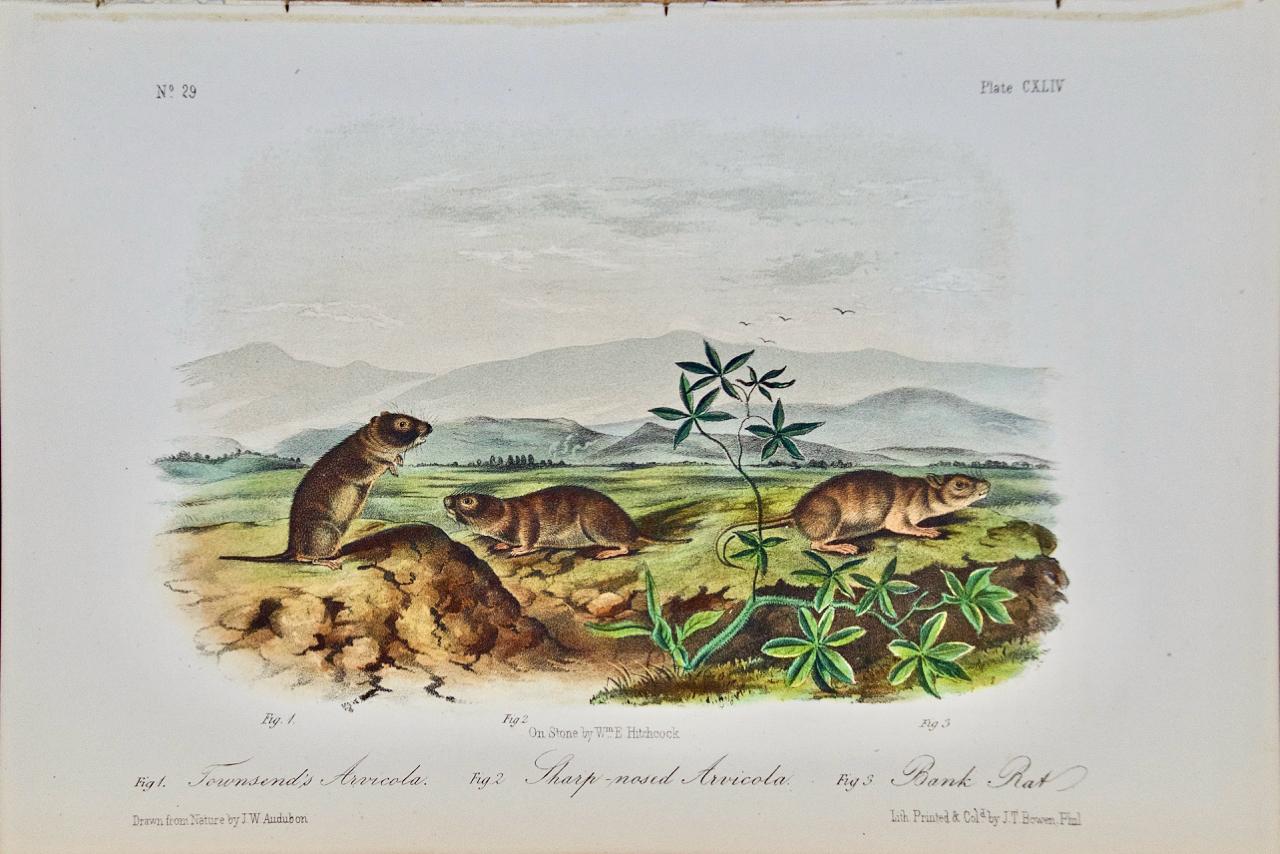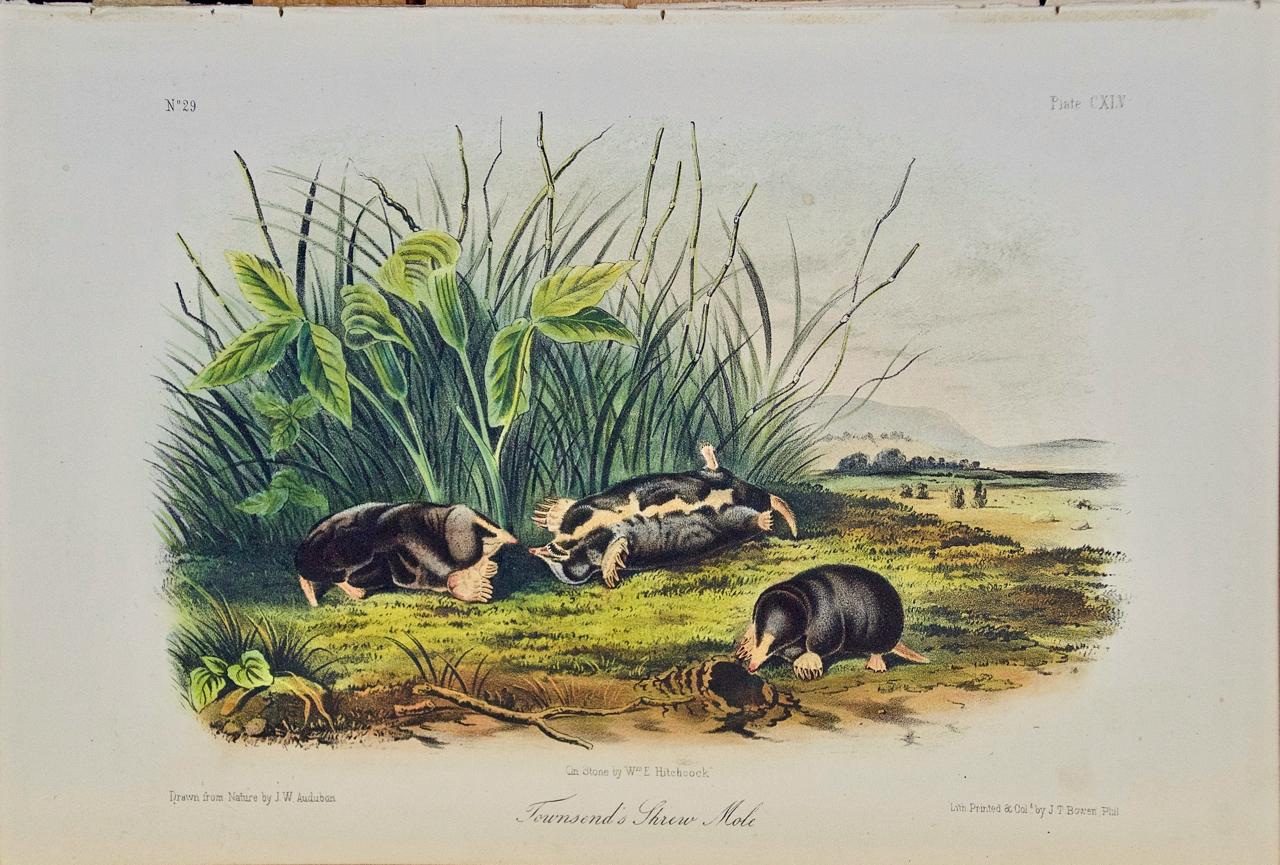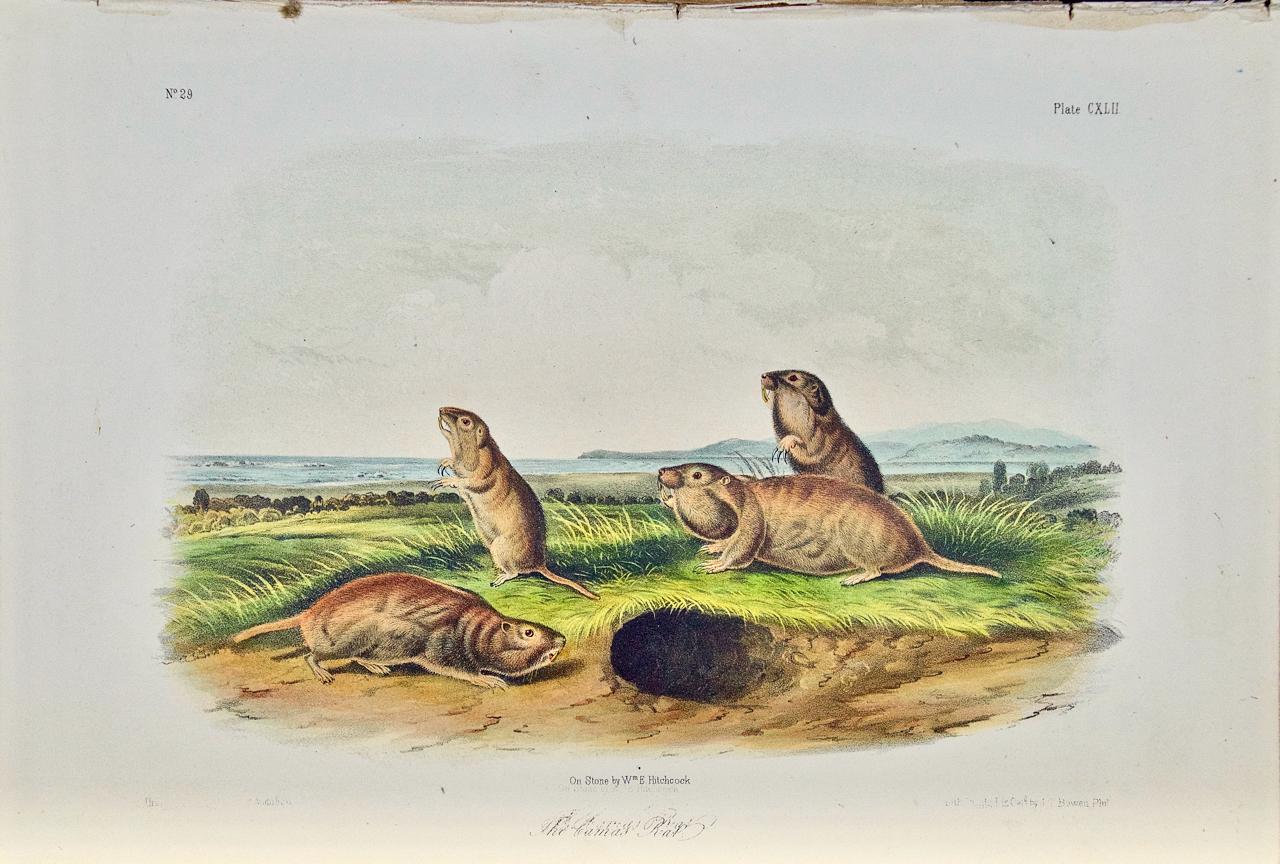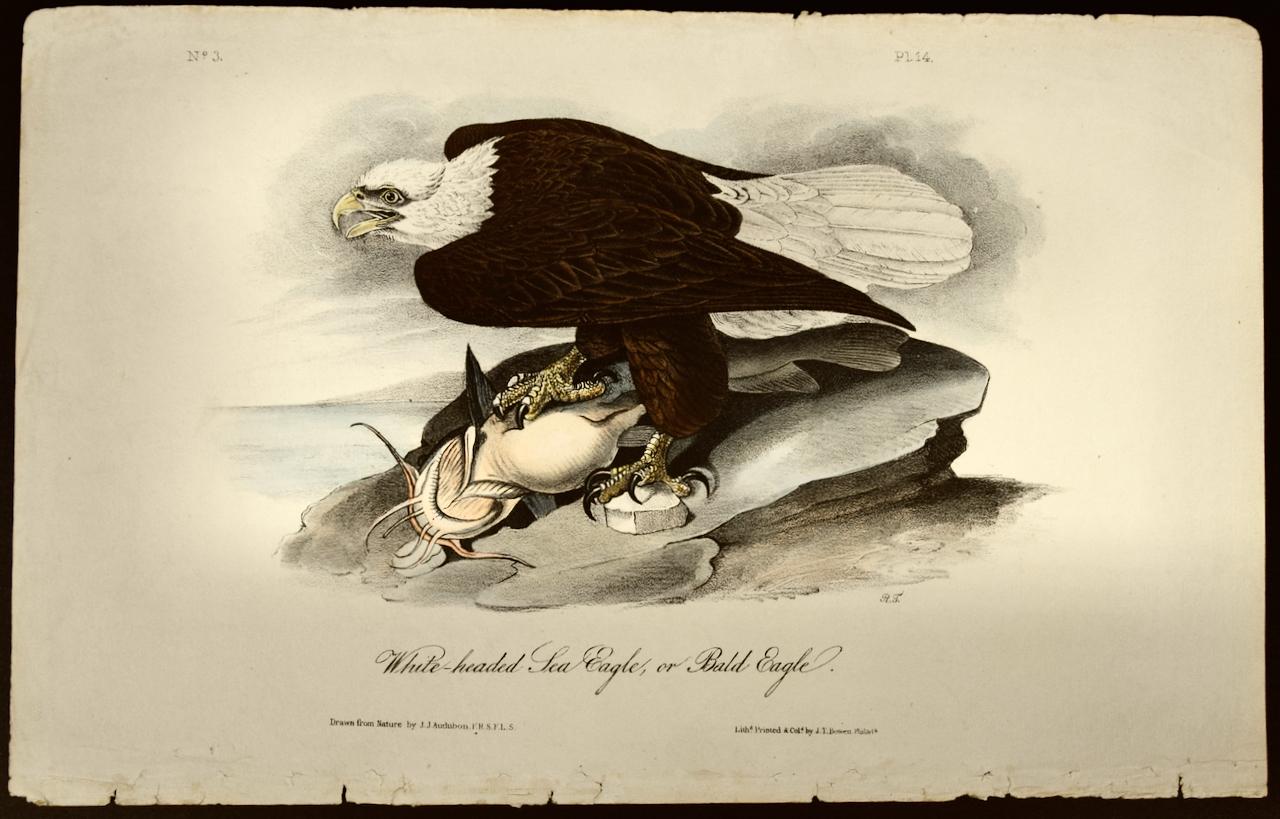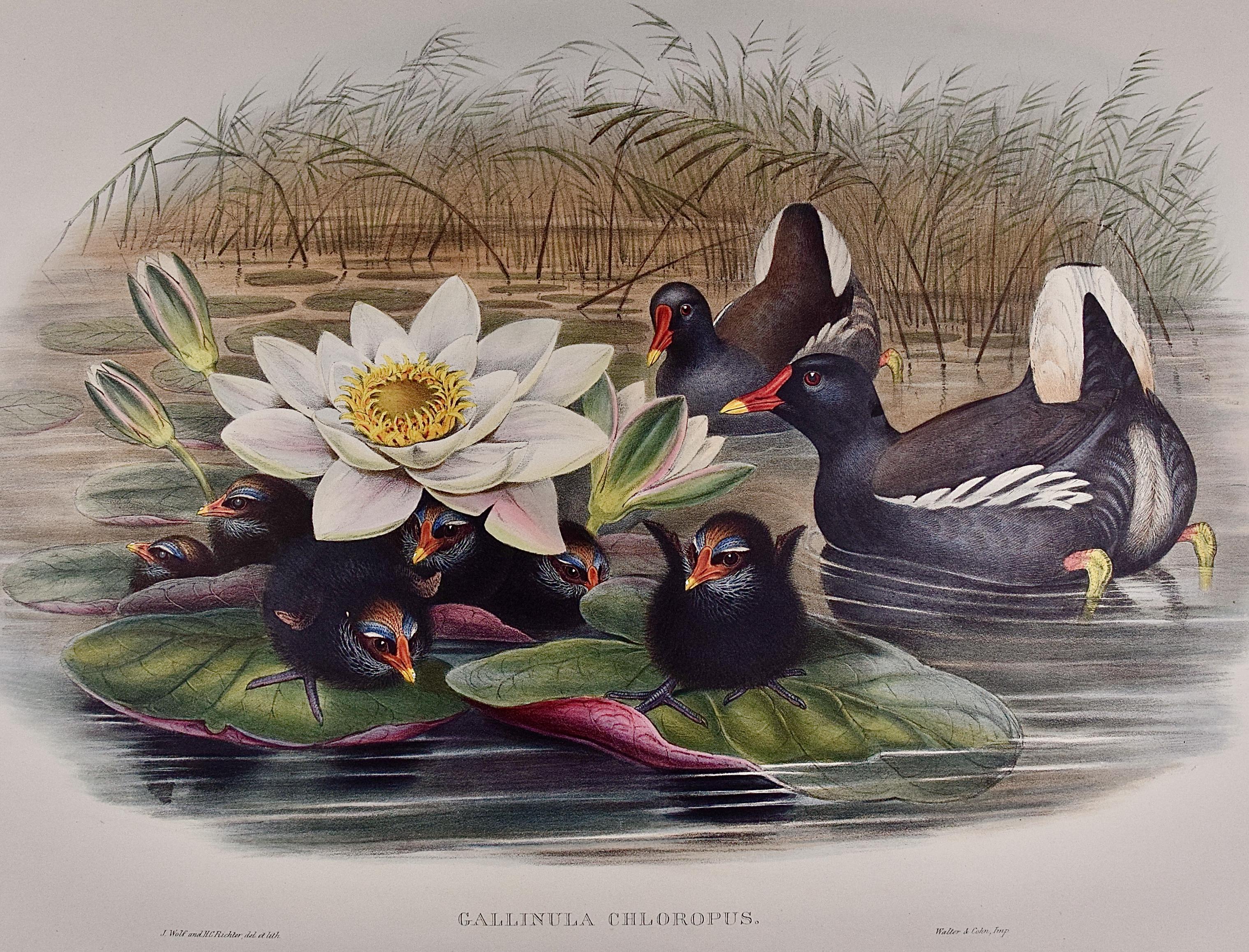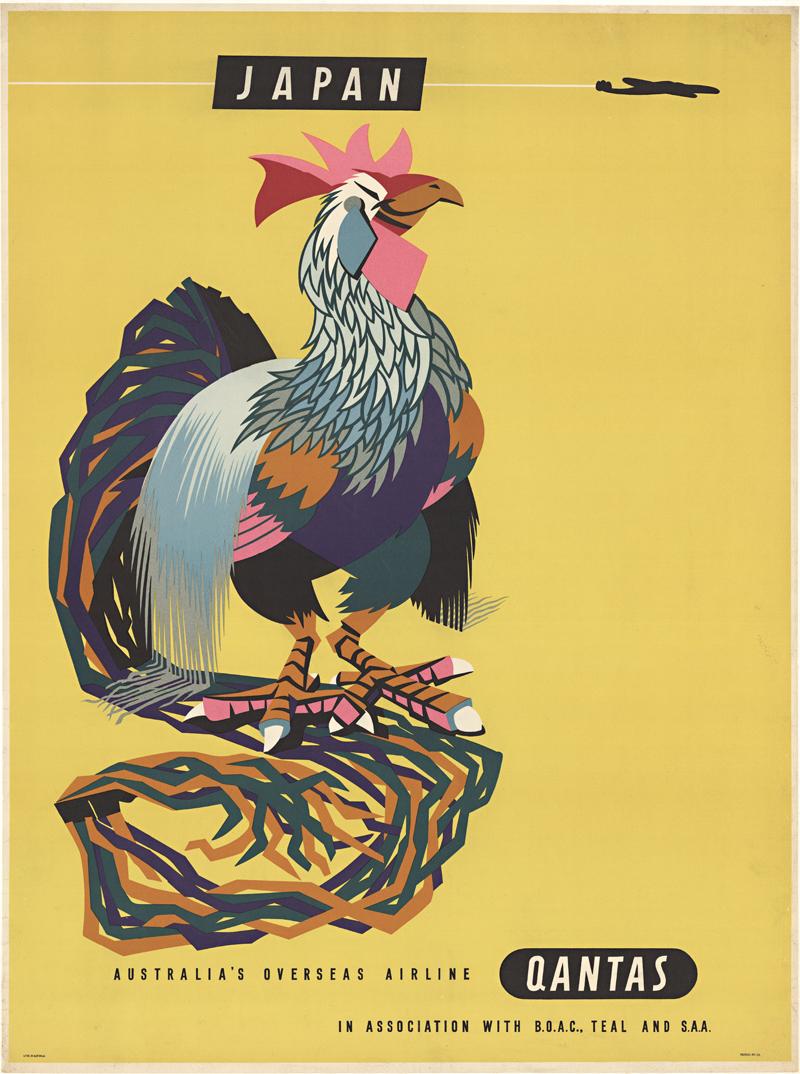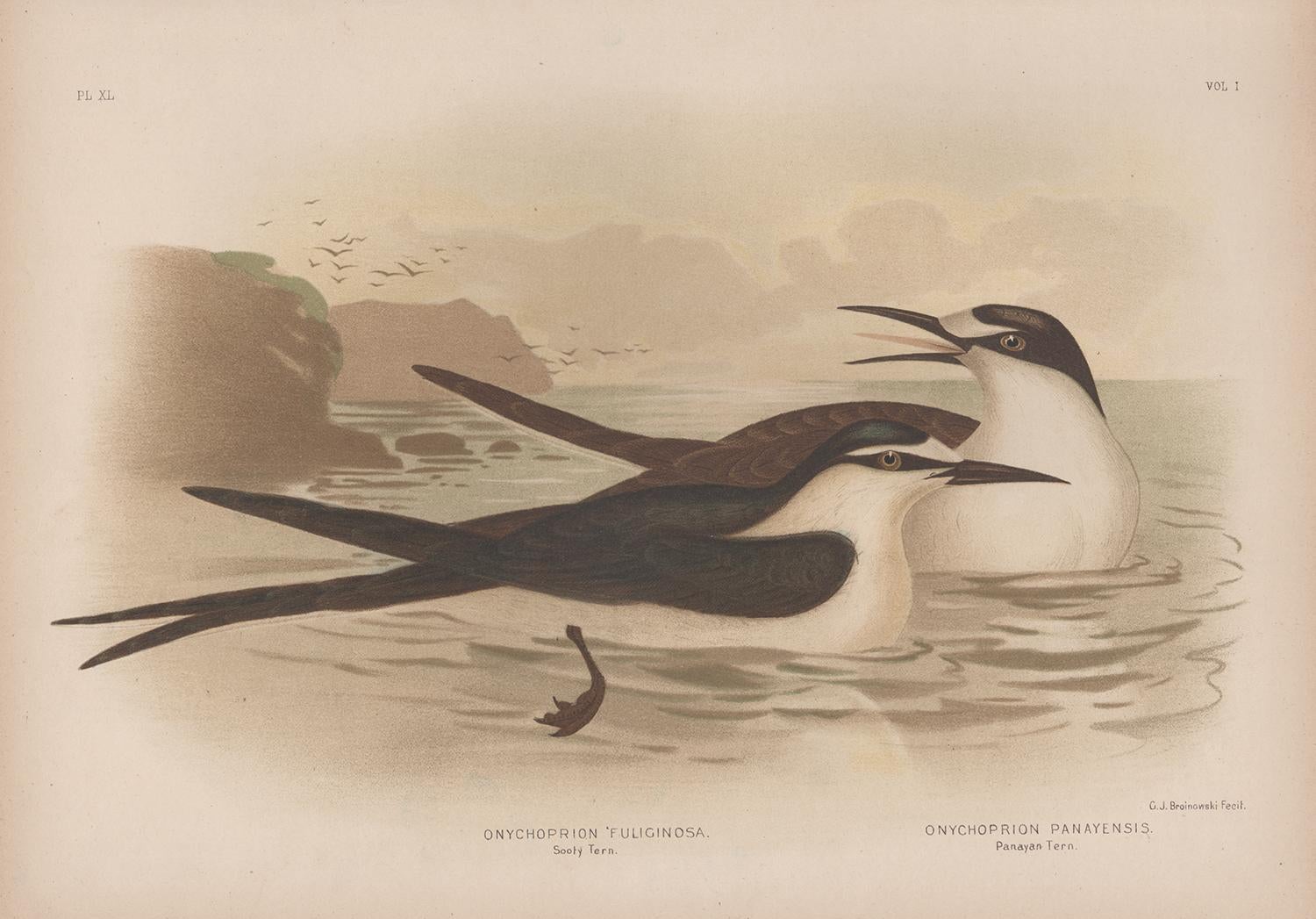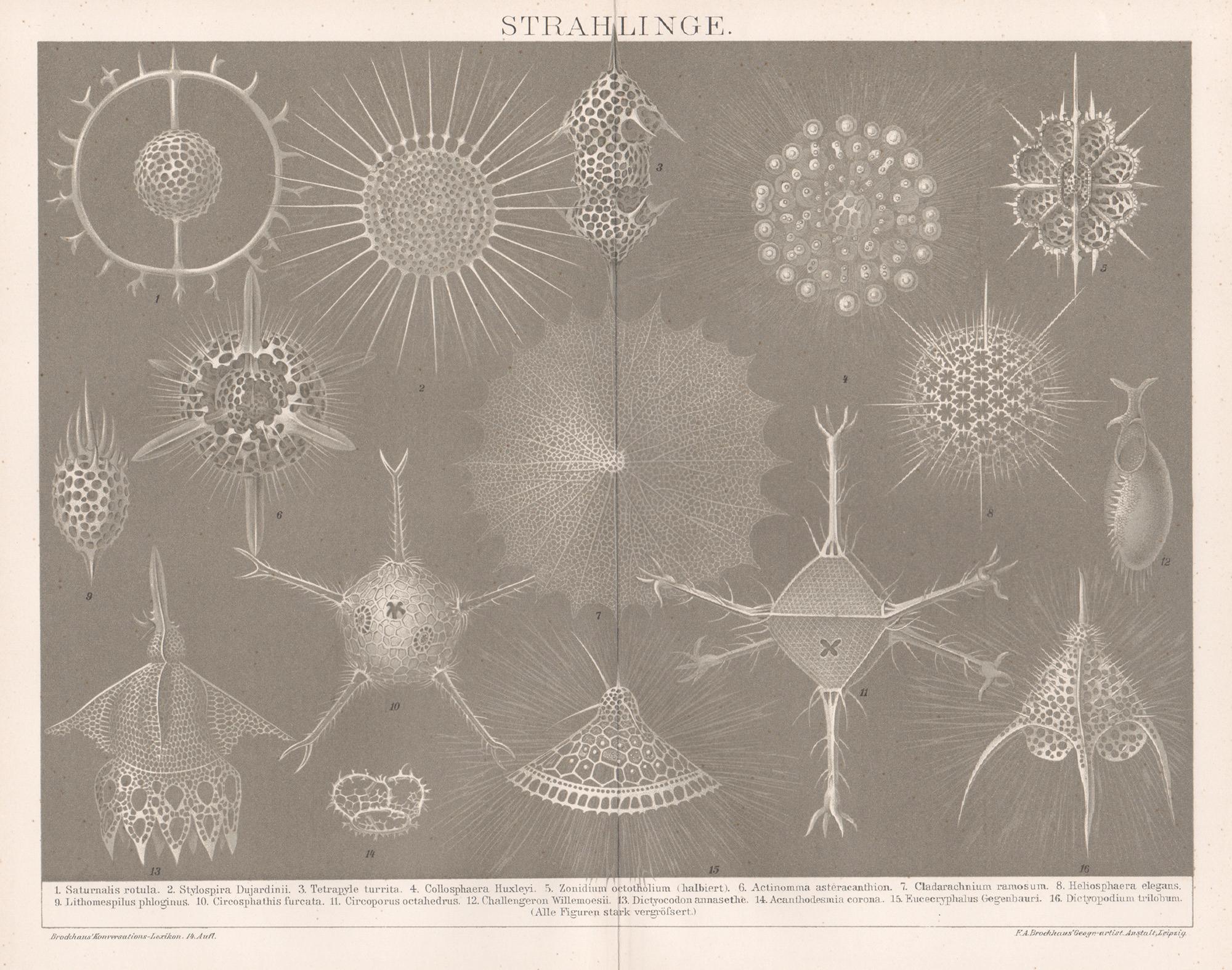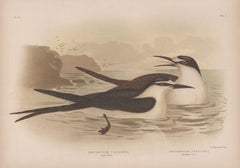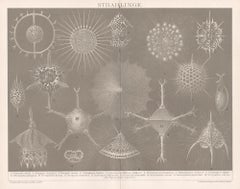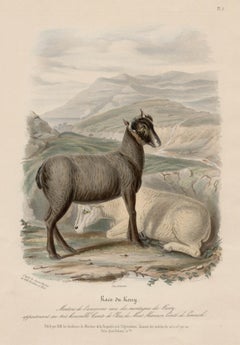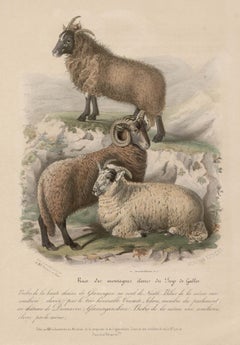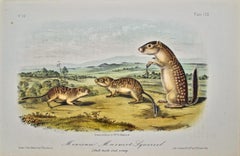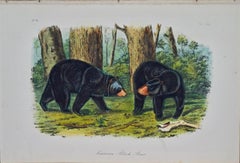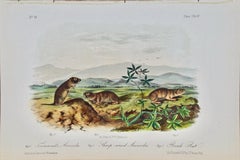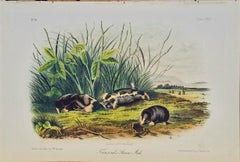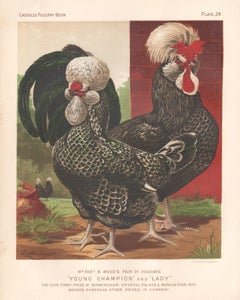
Poultry - Houdans, antique bird chromolithograph print, 1873
View Similar Items
John James Audubon - Mexican Marmot Squirrel: Original 19th Cent. Hand-colored Lithograph by Audubon
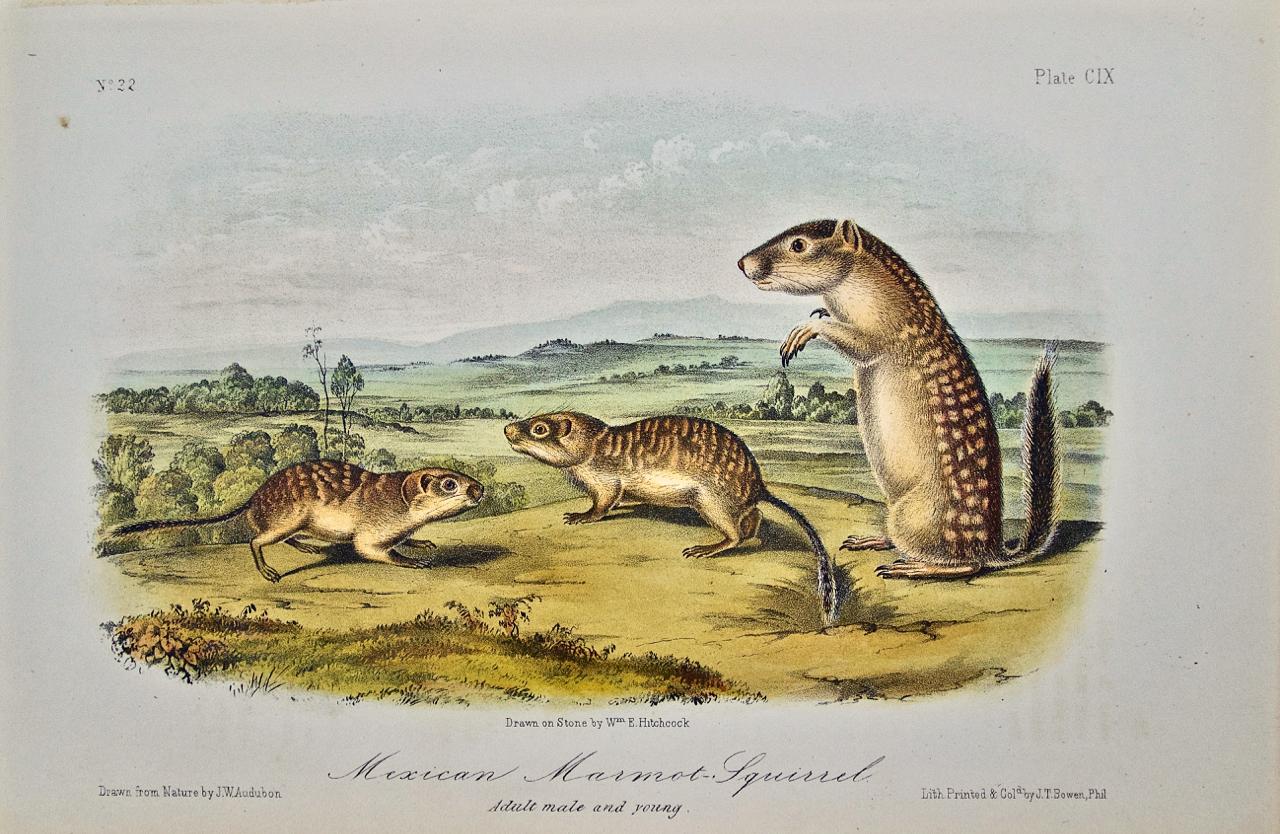
John James Audubon - American Black Bear: Original 19th C. Audubon Hand Colored Quadruped Lithograph
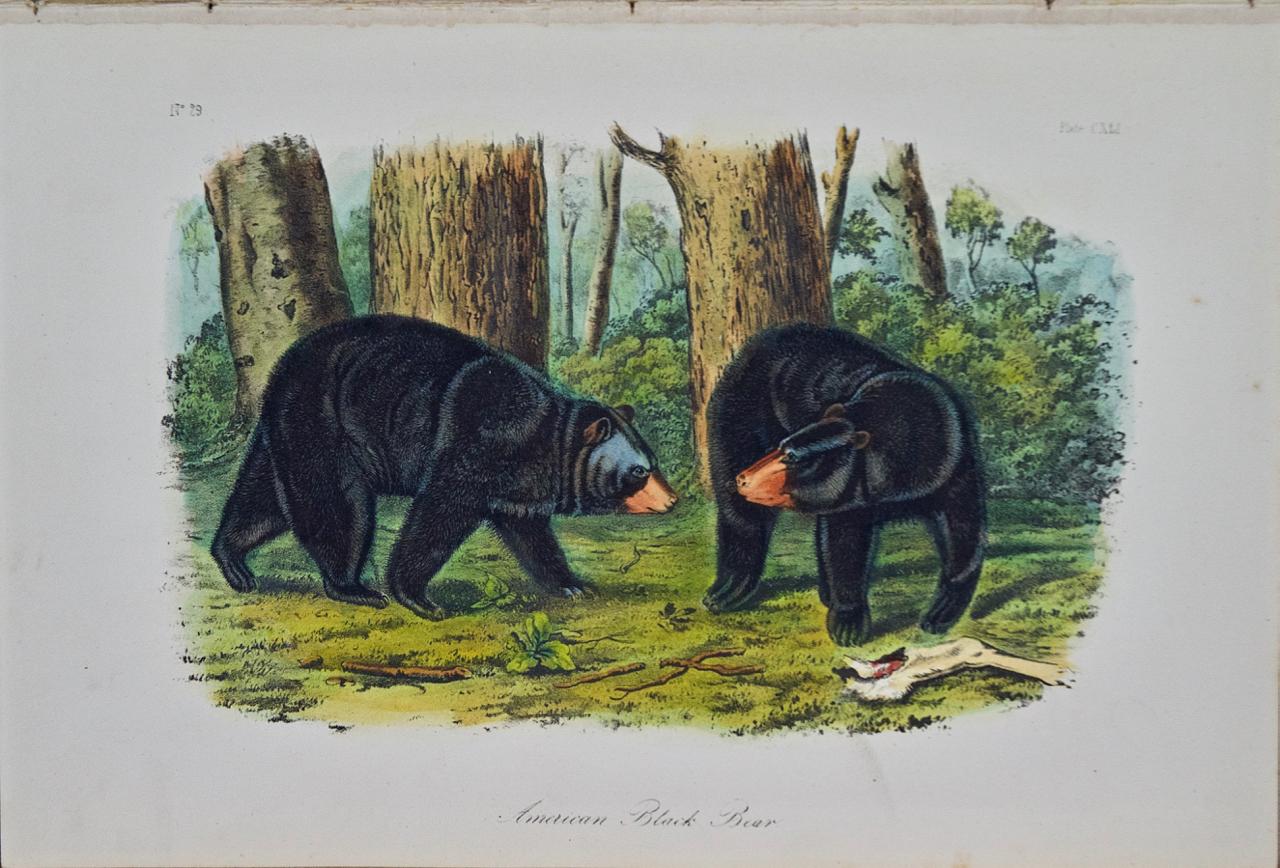
Want more images or videos?
Request additional images or videos from the seller
1 of 2
JW LudlowPoultry - Houdans, antique bird chromolithograph print, 18731871
1871
Price:$120
About the Item
- Creator:JW Ludlow
- Creation Year:1871
- Dimensions:Height: 10.63 in (27 cm)Width: 8.27 in (21 cm)
- Medium:
- Movement & Style:
- Period:
- Condition:A few small marks in the left hand margin.
- Gallery Location:Melbourne, AU
- Reference Number:1stDibs: LU124426001202
About the Seller
5.0
Platinum Seller
Premium sellers with a 4.7+ rating and 24-hour response times
Established in 2005
1stDibs seller since 2019
589 sales on 1stDibs
Authenticity Guarantee
In the unlikely event there’s an issue with an item’s authenticity, contact us within 1 year for a full refund. DetailsMoney-Back Guarantee
If your item is not as described, is damaged in transit, or does not arrive, contact us within 7 days for a full refund. Details24-Hour Cancellation
You have a 24-hour grace period in which to reconsider your purchase, with no questions asked.Vetted Professional Sellers
Our world-class sellers must adhere to strict standards for service and quality, maintaining the integrity of our listings.Price-Match Guarantee
If you find that a seller listed the same item for a lower price elsewhere, we’ll match it.Trusted Global Delivery
Our best-in-class carrier network provides specialized shipping options worldwide, including custom delivery.More From This Seller
View AllSooty Tern and Panayan Tern, antique sea bird chromolithograph print, 1889
By Gracius Broinowski
Located in Melbourne, Victoria
'Sooty Tern and Panayan Tern'
Chromolithograph from Gracius Broinowski's 'The Birds of Australia' , 1887-1891.
Gracius Joseph Broinowski (1837-191...
Category
Late 19th Century Naturalistic Animal Prints
Materials
Lithograph
Strahlinge (Protozoa - Radiolarians or Radioza) German antique lithograph print
Located in Melbourne, Victoria
'Strahlinge'
(Protozoa - Radiolarians or Radioza)
German lithograph, circa 1895. Key to protozoa in German below the image.
250mm by 305mm (sheet).
Central vertical fold as iss...
Category
Late 19th Century Naturalistic Animal Prints
Materials
Lithograph
Kerry Breed, Irish sheep lithograph with original hand-colouring, circa 1845
By After William Shiels
Located in Melbourne, Victoria
'Race de Kerry' (The Kerry Breed)
Lithograph with original hand-colouring by Hermann Eichens (1813-1886) from a drawing by W. Nicholson after a painting by William Shiels.
From the...
Category
Late 19th Century Naturalistic Animal Prints
Materials
Lithograph
Higher Welsh Mountains Sheep, lithograph with original hand-colouring, c 1845
By After William Shiels
Located in Melbourne, Victoria
'Race a laine douce, du Pays de Galles' (Soft-woolled sheep of Wales)
Lithograph with original hand-colouring by Hermann Eichens (1813-1886) from a drawing by W. Nicholson after a ...
Category
Late 19th Century Naturalistic Animal Prints
Materials
Lithograph
Meerwasser - Aquarium, German antique underwater sea life engraving
Located in Melbourne, Victoria
'Meerwasser - Aquarium'
German tinted wood-engraving, circa 1895.
245mm by 305mm (sheet).
Central vertical fold as issued.
Category
Late 19th Century Naturalistic Animal Prints
Materials
Lithograph
Neartktische Fauna (Neartic Fauna), German antique animal chromolithograph
Located in Melbourne, Victoria
'Neartktische Fauna'
(Neartic Fauna)
German chromolithograph, circa 1895. Key to animals in German below the image.
245mm by 305mm (sheet).
Central vertical fold as issued.
Category
Late 19th Century Naturalistic Animal Prints
Materials
Lithograph
You May Also Like
Mexican Marmot Squirrel: Original 19th Cent. Hand-colored Lithograph by Audubon
By John James Audubon
Located in Alamo, CA
This is an original John James Audubon hand-colored lithograph entitled "Mexican Marmot Squirrel, No. 22, Plate CIX", from John James Audubon's Quadrupeds of North America, published...
Category
Mid-19th Century Naturalistic Animal Prints
Materials
Lithograph
American Black Bear: Original 19th C. Audubon Hand Colored Quadruped Lithograph
By John James Audubon
Located in Alamo, CA
This is an original John James Audubon hand-colored royal octavo lithograph entitled "American Black Bear", No. 29, Plate CXLI from Audubon's "Quadrupeds of North America". It was dr...
Category
Mid-19th Century Naturalistic Animal Prints
Materials
Lithograph
Townsend's Arvicola: Original 19th Cent. Hand-colored Lithograph by Audubon
By John James Audubon
Located in Alamo, CA
This is an original John James Audubon hand-colored lithograph entitled "Townsend's Arvicola; Sharp-nosed Arvicola; Bank Rat", No. 31, Plate CXLIV from John James Audubon's Quadruped...
Category
Mid-19th Century Naturalistic Animal Prints
Materials
Lithograph
Townsend's Shrew Mole: Original 19th Century Audubon Lithograph
By John James Audubon
Located in Alamo, CA
This is an original 19th century John James Audubon hand-colored lithograph entitled "Townsend's Shrew Mole", No. 29, Plate CXLV, from Audubon's "Quadrupeds of North America", printe...
Category
Mid-19th Century Naturalistic Animal Prints
Materials
Lithograph
Camas Rat (Gopher): An Original 19th Century Hand-colored Lithograph by Audubon
By John James Audubon
Located in Alamo, CA
This is an original John James Audubon hand-colored lithograph entitled "The Camas Rat" (Gopher), No. 29, Plate CXLII from John James Audubon's Quadrupeds of North America, published...
Category
Mid-19th Century Naturalistic Animal Prints
Materials
Lithograph
"Bald Eagle", an Original Audubon Hand-colored First Edition Lithograph
By After John James Audubon
Located in Alamo, CA
An original rare and extremely collectible first octavo edition John James Audubon hand-colored royal octavo lithograph entitled "White-headed Sea Eagle or Bald Eagle", No. 3, Plate ...
Category
Mid-19th Century Naturalistic Animal Prints
Materials
Lithograph
